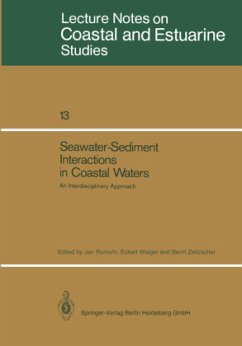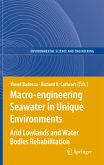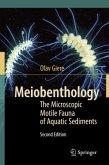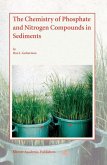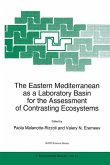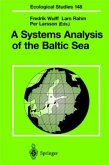During the late sixties, the marine scientific community was becoming increasingly aware of the necessity of conducting process-oriented research on specific "problem areas". It was assumed that the results of such detailed analyses would provide an explanatory framework for the descriptive data accumulating from the extensive surveys of the aceans at large that had dominated marine science up to that period. The physical, chemical and biological interaction between the ocean and the Sediments was i dentifi ed as one of the most important i nterdi sei p 1 i nary prob 1 ems at the 1969 meeting of the Intergovernmental Oceanographic Commission. In the same year, a group of scientists from Kiel University - representing the five disciplines: physical, chemical, geological and biological oceanography as well as applied physic- combi ned forces and, in 1970, submitted a comprehens i ve proposa 1 to the German Research Foundati on (DFG: Deutsche Forschungsgemei nschaft) under the tit 1e "Interact i on Sea-Seabottom" ( "Wechse 1 wi rkung Wasser-Meeresboden"). The professors G. Dietrich, G. Einsele, G. Hempel and E. Seibald were the chief initiators of this project. It addressed two themes: - the relationship between water movement and sediment structure and, - the i nteract i on between the chemi ca 1 regime and the organi sms at the sediment surface.

